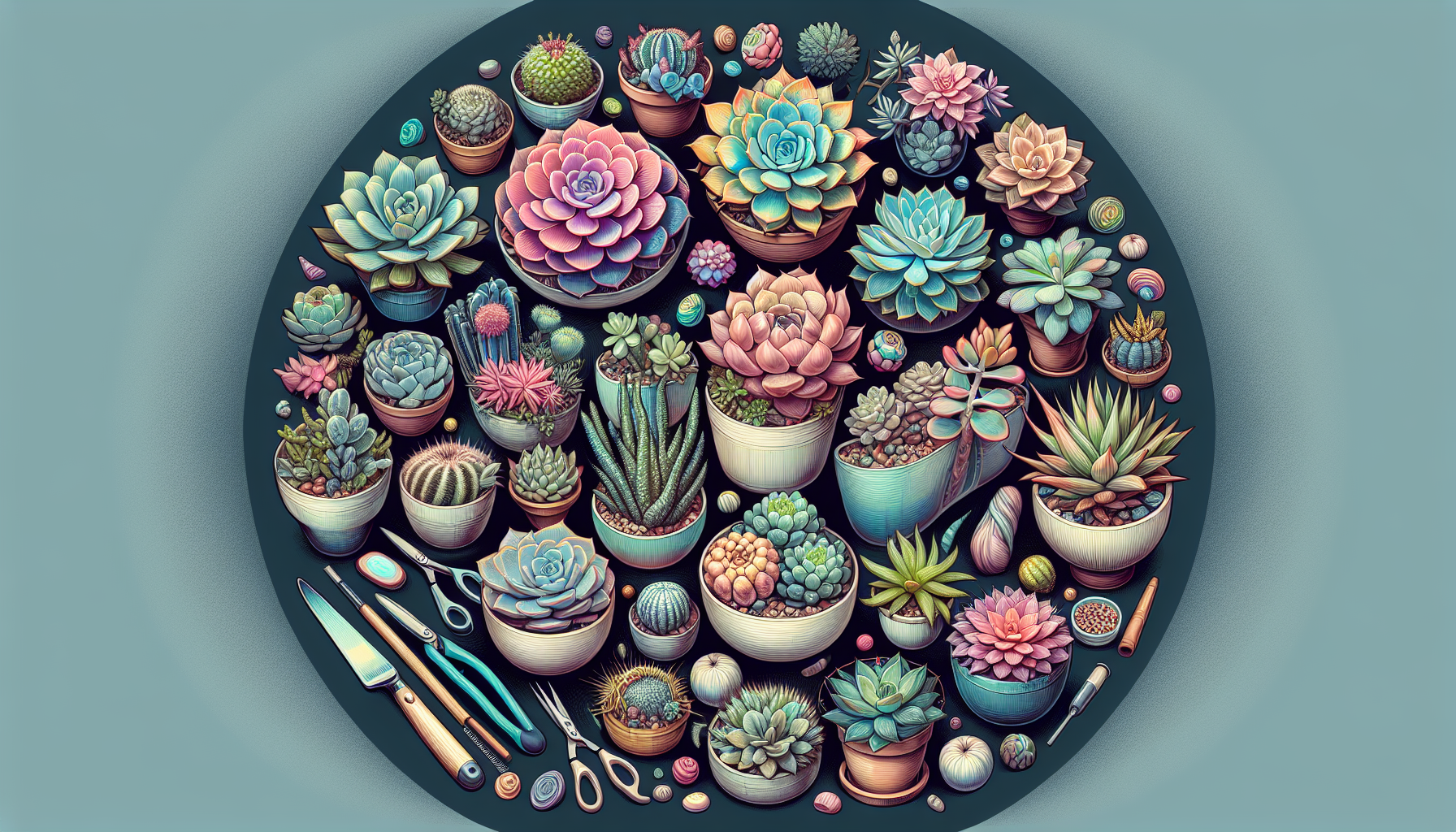
how to care for succulent plants
How to Care for Succulent Plants
Succulent plants are a popular choice for both novice and experienced gardeners. Their unique shapes, vibrant colors, and low-maintenance nature make them a favorite for home decor and outdoor landscaping. However, like any plant, succulents require proper care to thrive. In this guide, we'll walk you through the essentials of succulent care to help your plants stay healthy and beautiful.
1. Choose the Right Pot and Soil
Succulents need well-draining soil to prevent root rot. Look for a cactus or succulent-specific potting mix, or create your own by mixing regular potting soil with sand or perlite. Equally important is the pot you choose. Make sure it has drainage holes to allow excess water to escape. Terracotta pots are an excellent option because they absorb excess moisture, helping to keep the roots dry.
2. Water Sparingly
One of the most common mistakes succulent owners make is overwatering. Unlike most plants, succulents store water in their leaves, stems, and roots, so they don’t need frequent watering. Allow the soil to dry out completely between waterings. A good rule of thumb is to water every 1-2 weeks during the growing season (spring and summer) and reduce watering to once a month during the dormant season (fall and winter).
3. Provide Adequate Sunlight
Succulents thrive in bright, indirect sunlight. Aim to give them at least 6 hours of sunlight per day. If you’re growing succulents indoors, place them near a sunny window. Be cautious of too much direct sunlight, as it can scorch their leaves, especially during hot summer days. If you notice your succulent stretching or leaning, it’s a sign that it’s not getting enough light.
4. Protect from Extreme Temperatures
Succulents are hardy plants, but they don’t tolerate extreme temperatures well. Keep them in an environment where the temperature stays between 60°F and 80°F (15°C and 27°C). If you live in a region with cold winters, bring your succulents indoors before the first frost. Similarly, avoid exposing them to excessive heat or placing them near heat sources like radiators.
5. Fertilize During the Growing Season
Succulents don’t require much fertilizer, but a little boost during their growing season can help them flourish. Use a balanced, water-soluble fertilizer diluted to half strength. Apply it once a month in the spring and summer, and skip fertilizing during the fall and winter when the plants are dormant.
6. Watch for Pests and Diseases
While succulents are relatively pest-resistant, they can occasionally attract mealybugs, spider mites, or aphids. Inspect your plants regularly and remove any pests with a cotton swab dipped in rubbing alcohol. Overwatering can also lead to fungal diseases, so always ensure proper watering practices.
7. Propagate and Expand Your Collection
One of the joys of owning succulents is how easy they are to propagate. Many succulents can grow new plants from leaves, cuttings, or offsets. To propagate, simply remove a healthy leaf or offset, allow it to dry for a few days, and then place it on well-draining soil. With time and proper care, you’ll have a thriving new succulent to add to your collection.
Conclusion
Caring for succulents can be incredibly rewarding, especially when you see them grow and thrive. By providing the right pot and soil, watering sparingly, ensuring adequate sunlight, and protecting them from extreme temperatures, you’ll set your succulents up for success. Whether you’re a beginner or a seasoned gardener, these tips will help you enjoy the beauty and simplicity of succulent care.
Do you have any favorite succulent care tips or questions? Share them in the comments below!
For more gardening tips and inspiration, check out our Gardening category.